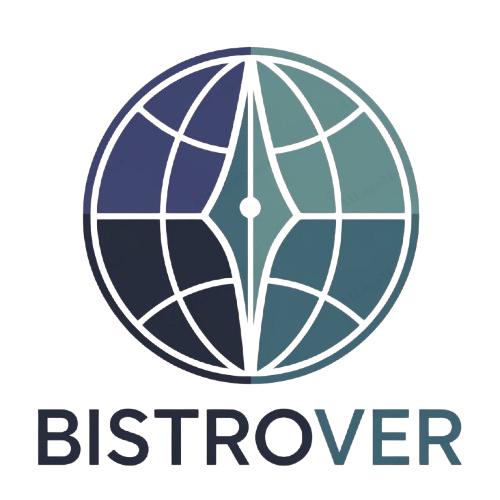Automation Excellence: Ensuring Security and Productivity
Automation has become a pivotal force in transforming how businesses operate. By bridging efficiency and security, automation technologies empower organizations to streamline processes, minimize errors, and bolster their defenses against potential risks. This blog dives into the intricacies of automation excellence, exploring the benefits, critical components, and challenges of adopting these powerful tools. By the end of this, you’ll understand why automation isn’t just a trend—it’s imperative in building productive and secure operations.
Understanding the Landscape
The Evolution of Automation Technologies
From the introduction of conveyor belts in manufacturing to the world of artificial intelligence and machine learning, automation technologies have come a long way. Early adoption of automation focused primarily on repetitive tasks—think factory line workflows or rudimentary business processes. Today, automation spans diverse functions like cybersecurity, marketing, and even customer service. Technologies like robotic process automation (RPA) and sophisticated sensors now cater to a wide array of industries.
Current Market Trends in Security and Productivity
Modern businesses are prioritizing tools that manage their dual concerns of efficiency and security. For instance, cloud automation solutions are being coupled with fortified cybersecurity protocols to protect sensitive data. By integrating AI-driven automation, companies are simultaneously narrowing production timelines and discovering vulnerabilities before they’re exploited.
Additionally, innovations like photoelectric sensors are making automation smarter, ensuring enhanced precision in manufacturing processes while maintaining system-wide reliability.
Benefits of Automation Excellence
Improving Operational Efficiency
At its core, automation optimizes processes. Whether you’re managing supply chains, IT workloads, or even customer inquiries, automation reduces human errors, shortens completion times, and eliminates redundancies. This shift enables organizations to focus on higher-impact tasks that drive growth and innovation.
Enhancing Security Measures
At a time when cyberattacks are alarmingly prevalent, automation isn’t just about productivity—it’s a critical element of your defense strategy. Automated systems can detect and address suspicious activities faster than manual ones. By constantly monitoring traffic and analyzing behavioral patterns, automation tools minimize the risks of breaches while bolstering protection protocols.
Enabling Better Time Management
Time scarcity is every organization’s Achilles’ heel. Automation tools, powered by AI and machine learning, simplify project management by tracking tasks, streamlining workflows, and automatically sending notifications. This leaves employees with more bandwidth to think critically, strategize, and innovate.
Key Components of Automation Excellence
Robust Cybersecurity Measures
No automation strategy is complete without foolproof cybersecurity measures. Automated cybersecurity systems use advanced AI to continuously monitor threats, adapt to them in real-time, and lower the likelihood of breaches. Businesses that fail to integrate these tools risk compromising both their customer trust and operational continuity.
READ MORE : Driving Efficiency: The Future of Automotive Electronics
Integration of AI and Machine Learning
What sets modern automation apart from older systems is the integration of AI and machine learning. These technologies ensure that machines not only execute predefined tasks but also learn from patterns to make better future decisions.
User-Friendly Automation Tools
Adopting automation succeeds only when teams at all levels can use the tools effectively. Intuitive interfaces, accessible reporting features, and easily programmable workflows are crucial. Organizations must ensure that their automation systems strike the right balance between sophistication and usability.
Overcoming Challenges
Common Hurdles in Adopting Automation
Despite its benefits, implementing automation is not without challenges. High initial setup costs and the need for specific technical skills often deter organizations from leaping. There’s also hesitation from employees worried about job redundancy or a lack of training to control these advanced systems.
Strategies to Overcome Resistance to Change
- Employee Training Programs
Educating teams about how automation complements their roles—rather than replacing them—is key. Providing skill-enhancement opportunities boosts morale while bridging knowledge gaps.
- Showcasing Wins
Start small by automating minor yet visible tasks. For example, highlighting how a new photoelectric sensor reduces production errors can foster confidence in larger automation initiatives.
- Executive Buy-In
Automation initiatives must have leadership support. When higher management is actively involved in promoting the value of these changes, employees are more likely to adapt positively.
Conclusion
Automation is essential for businesses to stay competitive, offering endless opportunities to boost productivity and security through AI, sensors, and user-friendly tools. Start small, focus on high-impact areas, and scale gradually to improve efficiency while protecting assets.







